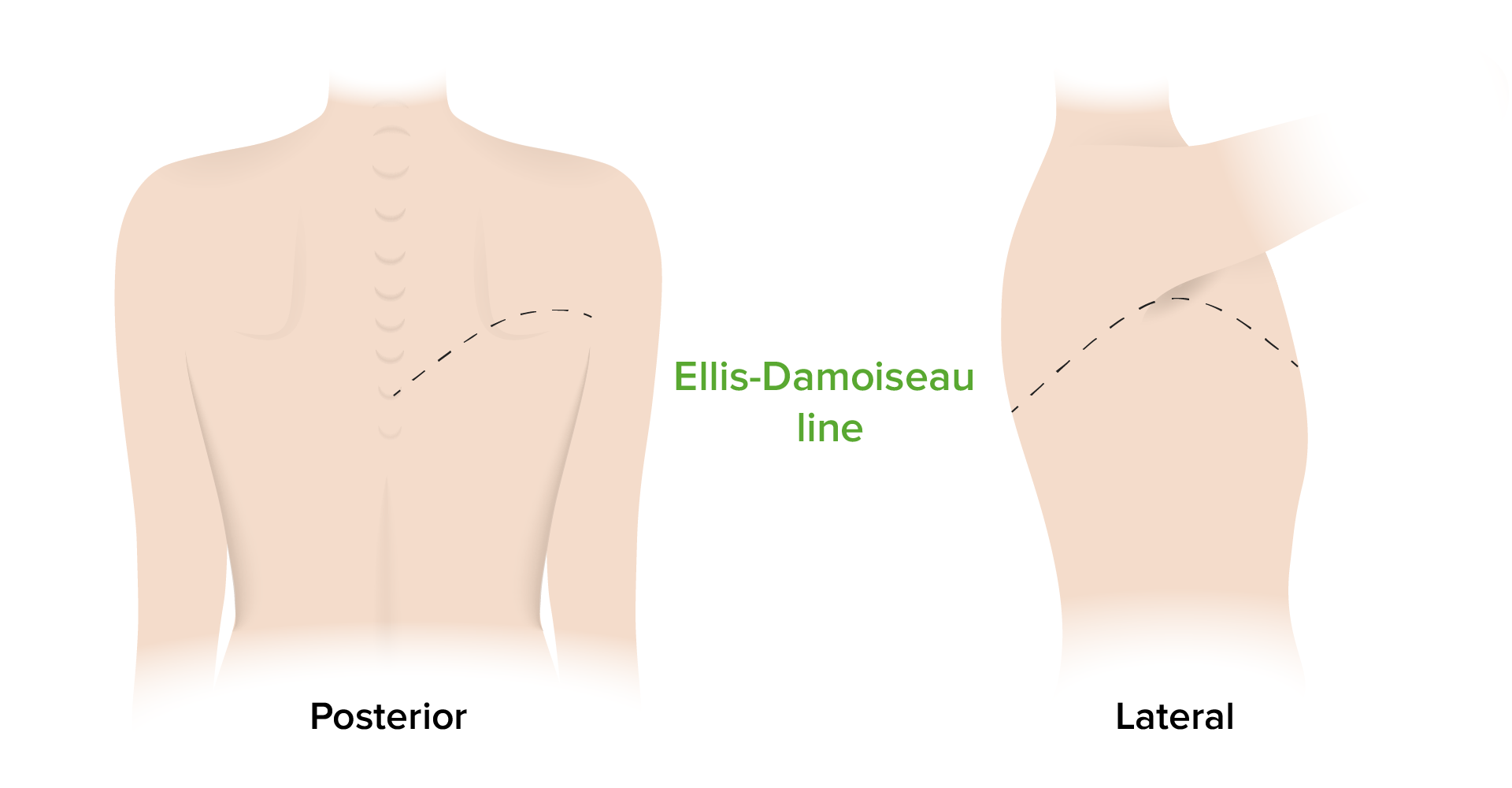Playlist
Show Playlist
Hide Playlist
Pleural Tap
-
Slides 09 PleuralDiseases RespiratoryAdvanced.pdf
-
Download Lecture Overview
00:00 So the pleural tap is a very important and key test for patients presenting with pleural effusions. It’s done by an operator in the outpatient department. It’s very easy. It’s very quick. It requires a little bit of local anaesthetic between the ribs and then insertion of needle into the fluid and withdrawing 20, 30, 40, 50 ml of pleural fluid to be sent to the laboratory for investigation. 00:27 It’s best done under ultrasound control to avoid damaging any of the local structures with the needle insertion. If you drew out the blood at the effusion and it looks like there’s blood present, then actually, that’s quite suggestive that there may be malignancy or pulmonary embolus. If you drew out the fluid and it’s visibly turbid i.e. it’s white and opaque you can’t see through it, then that would actually suggest potential empyema. So after pleural tap, the pleural fluid is sent off for multitude of tests. 01:01 When analysing pleural fluid, we often have to consider Light's criteria, which can be used to desurm between an exudated and transudated diffusion. 01:09 If any of the following criteria are met, the fluid is considerd to be an exudate. 01:14 The pleural fluid protein over serum protein ratio is greater than 0.5, the pleural fluid LDH over serum LDH is greather than 0.6, or the pleural fluid LDH is greater than two-thirds the upper limit of normal for serum. 01:29 The glucose level may be measured and that’s matched with the blood glucose because low glucose suggests infection of the pleural space. 01:38 The fluid is sent off for culture and microscopy including for acid-fast bacilli mycobacteria to identify the presence of pleural infection, although unfortunately, these tests aren’t particularly sensitive. In fact, for tuberculosis, it’s actually quite rare to identify the organism in patients with pleural tuberculosis. The pH is measured because if that is less than 7, that is highly suggestive of bacterial infection. In addition, the fluid is sent to the histopathologist for cytological examination, and this is basically to identify cancer cells. 02:11 It has a sensitivity which is reasonably good 65% sensitivity for the first pleural tap, maybe increasing to 75% sensitivity if repeated with the second pleural tap. 02:23 In addition, the cytology identifies the type of inflammatory cell present. For example, lots of neutrophils would suggest there’s pleural infection with bacteria such an empyema. 02:32 Lots of lymphocytes might suggest that the patient has tuberculosis.
About the Lecture
The lecture Pleural Tap by Jeremy Brown, PhD, MRCP(UK), MBBS is from the course Pleural Disease.
Included Quiz Questions
Which of the following is most compatible with a transudative pleural effusion?
- Low albumin content in pleural fluid
- Increased lactate dehydrogenase levels in the pleural fluid
- Low pleural pH
- Decreased glucose levels
- Bacteria on gram stain
Which condition is most likely in a patient with weight loss and nontraumatic hemothorax?
- Malignancy
- Tuberculosis
- Viral infection
- Fungal infection
- Heart failure
Customer reviews
5,0 of 5 stars
| 5 Stars |
|
5 |
| 4 Stars |
|
0 |
| 3 Stars |
|
0 |
| 2 Stars |
|
0 |
| 1 Star |
|
0 |





